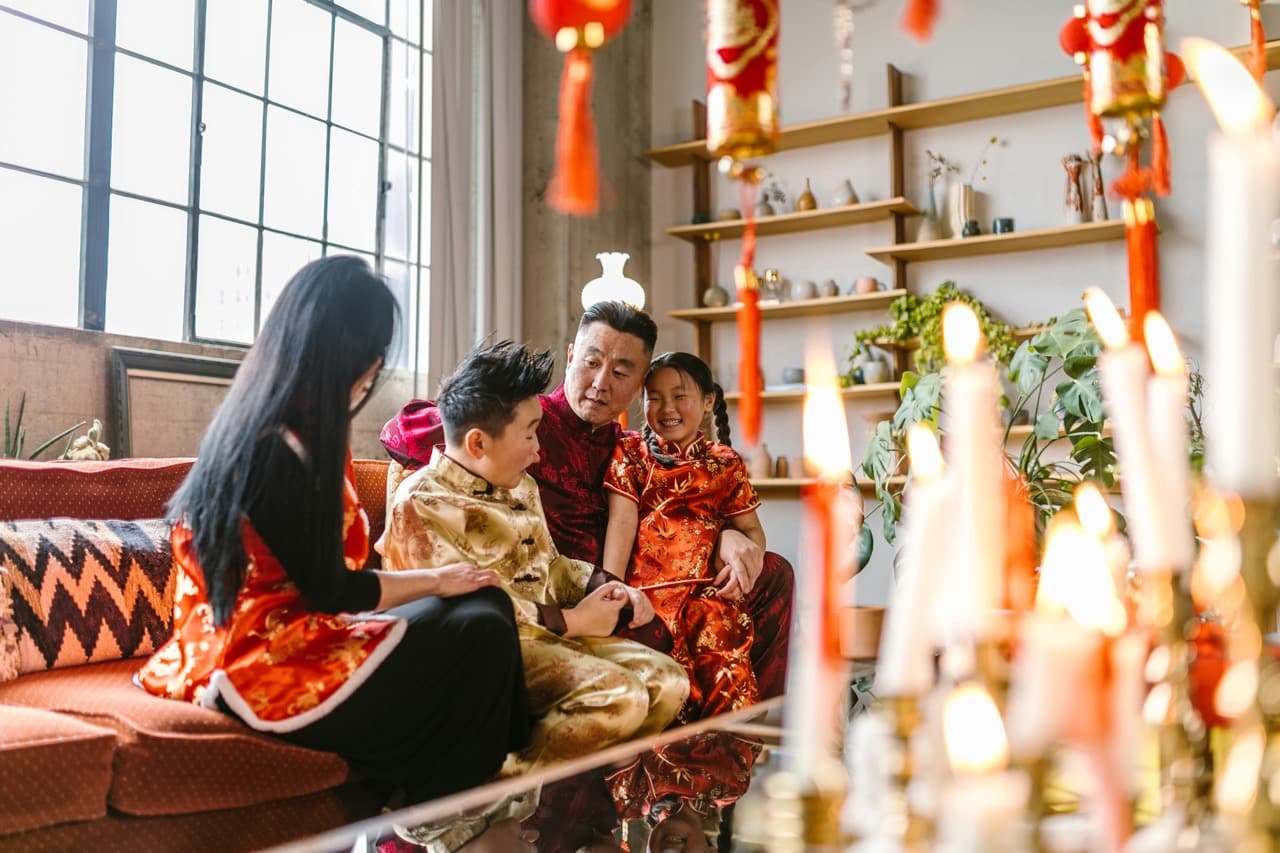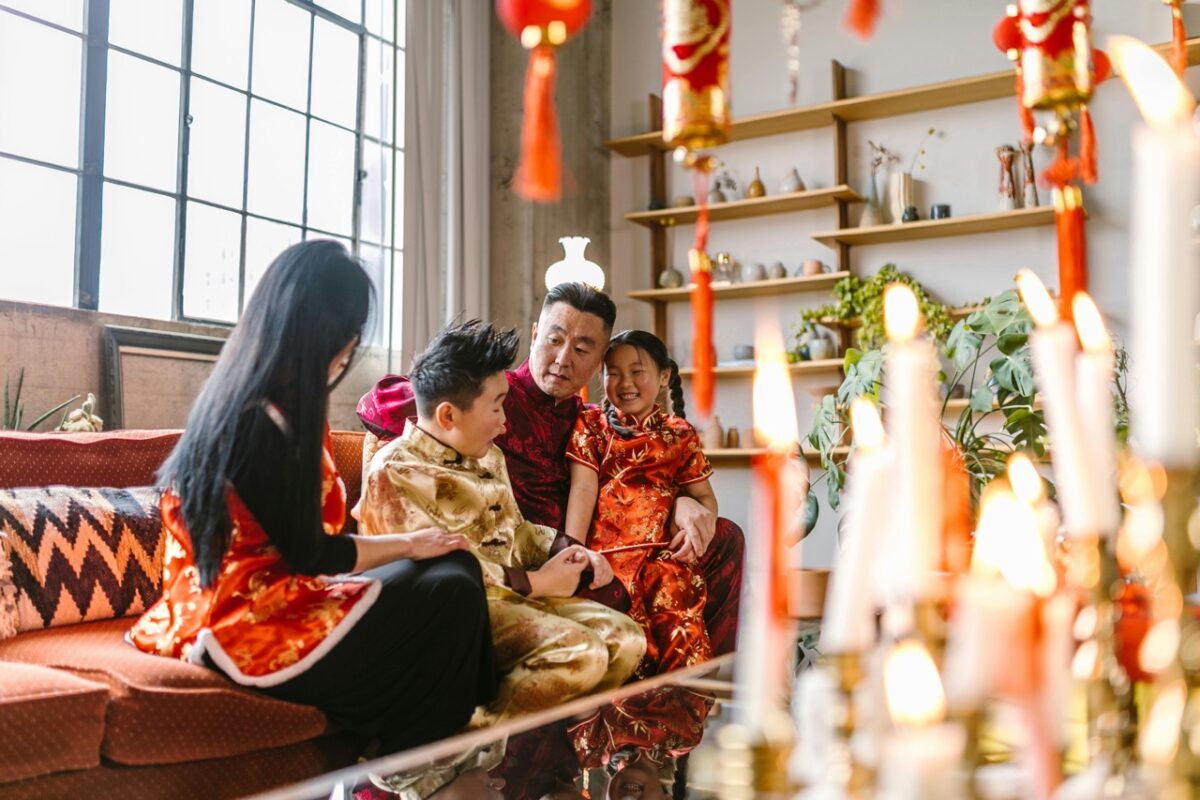
Dragons several hundred meters long snake their way down pastoral roads and through country hamlets, part of centuries-old Chinese folk celebrations for a mythical creature revered as a blessing.
The visually striking festival is among a range of colorful traditional observances unique to eastern Fujian province and its Hakka people and held each year in conjunction with the Lantern Festival, which fell this year on February 11.
The dragon is believed to scare off bad luck and bring the rains needed by farming communities in Liancheng county, a rural area of Fujian.
In the village of Gutian on Saturday, residents began their two-day dragon parade by slitting the throat of a squealing pig on the grounds of a temple, the animal’s blood spouting into a pan and later poured onto the head of the paper-and-wood dragon.
The giant beast was then carried by dozens of local men through farms and villages.
Bringing up the rear was the dragon’s tail, separated from the rest of the body because locals believe attaching it may bring too much rain.
Later that night the dragon was paraded in circles outside a local government compound as fireworks crackled.
The dragon was dismantled at night, but the parade resumed the next day.
The dragon’s head started out first, joined in succession by other sections until it was complete again.
It was eventually lit up in flames on the grounds of the temple where it all started, an offering for a bountiful year ahead.
A few days earlier, the well-preserved ancient Hakka village of Peitian had its own parade of eleven illuminated dragons, observances dating back to the Ming dynasty, which ruled China from 1368 to 1644.











































